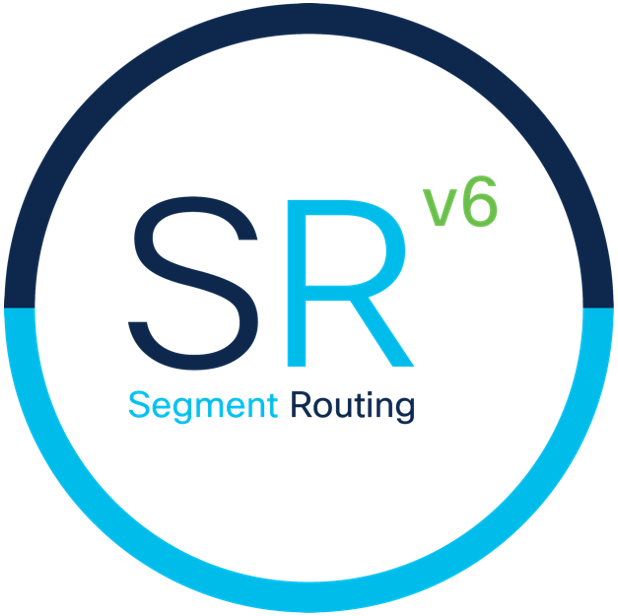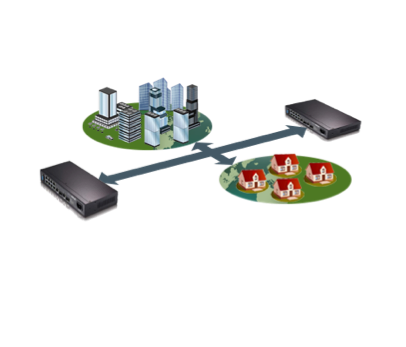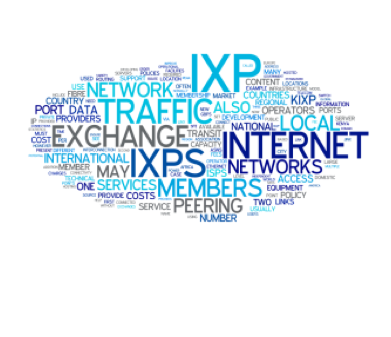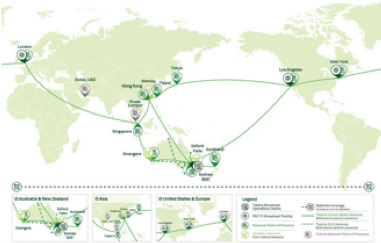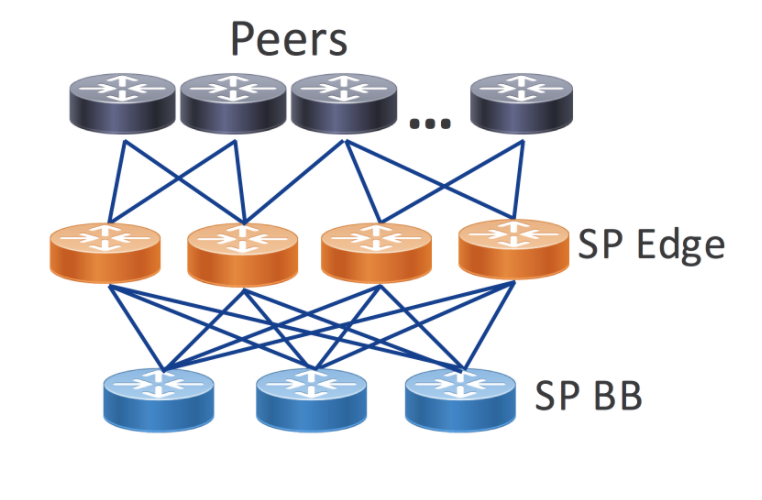Routed Optical Networking Design 4.0

Update to the Routed Optical Networking Design. The 4.0 version of the design introduces Cisco new 400G Ultra Long Haul coherent optics, 100G QSFP28 coherent optics, and enhancements to our IP+Optical automation.
Agile Services Networking 1.1

Read about Cisco's new Agile Services Networking network architecture, an evolved validated solution architecture enabling service providers to build agile modern networks in the AI era.
Routed Optical Networking Design 3.0
Update to the Routed Optical Networking Design. The 3.0 version of the design introduces simplifies optical transport using the QDD Optical Line System, new 100G/400G P2P DCO optics, and many additions and enhancements to Cisco's automation portfolio managing IP+Optical networks.
Routed Optical Networking Design 2.1

Update to the Routed Optical Networking design. This addition to the solution introduces Cisco's High Power +1dBm ZR+ optics along with automation enhancements such as DCO to optical Connectivity Verification. Private Line Emulation has also been enhanced with the addition of Bandwidth Guaranteed Circuit-Style paths.
Converged SDN Transport SRv6 Design

This in-depth guide adds SRv6 uSID transport to the Converged SDN Transport Design. SRv6 enables a new level of simplicity and power to networks carrying any type of service traffic. Harnessing the power of IPv6, the service and transport layers are converged into a single seamless easy to operate network without the complexities of MPLS label distribution and switching.
Managing Routed Optical Networking using OpenConfig

Cisco's innovation with Routed Optical Networking doesn't stop at routing hardware and optics. Programmability and telemetry via open standards has been a key tenet to the solution since it was introduced in 2020. In this blog we explore using OpenConfig to provision and monitor OIF 400ZR and OpenZR+ DCO transceivers.
Converged SDN Transport 5.0

Read about the goals of the Converged SDN Transport Design (formerly known as Metro Fabric) and familiarize yourself with all its components: Platforms, software, technologies, and use cases
Peering Fabric Design 5.0

Read about the goals of the Peering Fabric Design and familiarize yourself its components: Platforms, software, technologies, and use cases
Core Fabric Design
Read about the goals of the Core Fabric Design and familiarize yourself with all its components: the platforms, the software, the technologies, the use cases, and the NSO Services Packages for automation
Internet Traffic Trends
Over the last five years Internet traffic has been driven by one dominant source, unicast Internet video. Two-part blog series will first cover how video delivery has evolved to bring us where we are today.
Internet Edge Peering - Current Practice
The Internet was created to provide transparent data services across interconnected packet switched networks. The interconnection and exchange of Internet routing data between two networks is known as Peering. Peering is the glue holding together the Internet.
